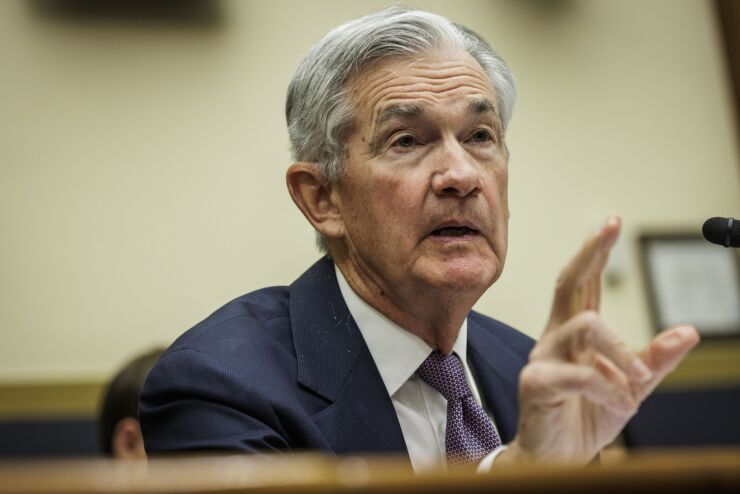
Bankers are confident in their ability to drive loan growth, despite a slow start to the year and lingering uncertainties about the
That's the
Nearly a fifth of respondents expect loans to grow 5% or more. That would mark
The
The $16 billion-asset Community Financial System, for example, grew loans 1.4% last quarter. It reported growth in both the consumer and business categories.
"As we think about the banking business, the pipelines are just as strong as they were at the end of last quarter. It is broadly spread across regions and products," President and CEO Dimitar Karaivanov said on the Dewitt, New York-based company's earnings call. "So I think we're going to continue the momentum we have."
On the other side of the country, OP Bancorp in Los Angeles grew its loans 3.6% in the second quarter. Like Community Financial, OP said increased lending volume drove a quarter-over-quarter increase in net income.
"We remain optimistic about our future growth and performance," Min Kim, president and CEO of the $2.3 billion-asset OP, said in the bank's earnings report.
Shan Hanes, the former leader of Heartland Tri-State Bank, previously pleaded guilty to embezzling tens of millions of dollars in a cryptocurrency scheme that caused the Kansas bank's failure.
For the industry overall, however, it may take time to show substantial increases in lending. Bankers told the Federal Reserve in a July survey that they tightened lending standards for consumers and businesses during the second quarter. This could make it more difficult for borrowers to qualify for loans, according to the Fed's latest Senior Loan Officer Opinion Survey.
"Banks are becoming more attentive to collateral valuations and interest terms," said Chris Stanley, Moody's banking industry practice lead.
That noted, much of the optimism for the rest of this year and next lies in high expectations for the Federal Reserve to begin cutting interest rates in September. The Fed ratcheted up rates in 2022 and last year to the highest level of this century to combat inflation in the wake of the pandemic. Inflation topped 9% at its peak in 2022, but the Fed's aggressive actions have gradually lowered the pace of consumer cost increases to below 3% last month.
This, said Raymond James Chief Investment Officer Larry Adam, opens the door for rate reductions that would lower borrowing costs and could ignite fresh loan demand and economic activity. "Momentum is building for Fed rate cuts," he said.
The Fed is targeting a 2% inflation rate, but Chair Jerome Powell said policymakers' efforts to tame cost increases appeared to work without crippling the economy or badly wounding banks' balance sheets. He said in a congressional briefing last month that lower rates are on the table for the second half of this year, noting a need to balance inflationary concerns against the potential for keeping borrowing costs high too long and stunting the economy.
Powell stopped short of providing a specific timeline, however. "I'm not going to be sending any signals about the timing of future actions," he said.
The Fed chair is slated to address central bankers Friday at a symposium in Jackson Hole, Wyoming.






